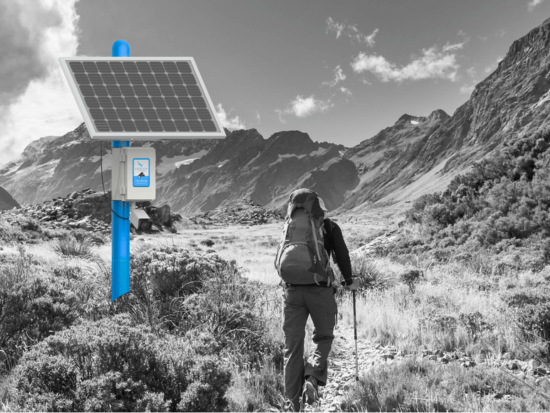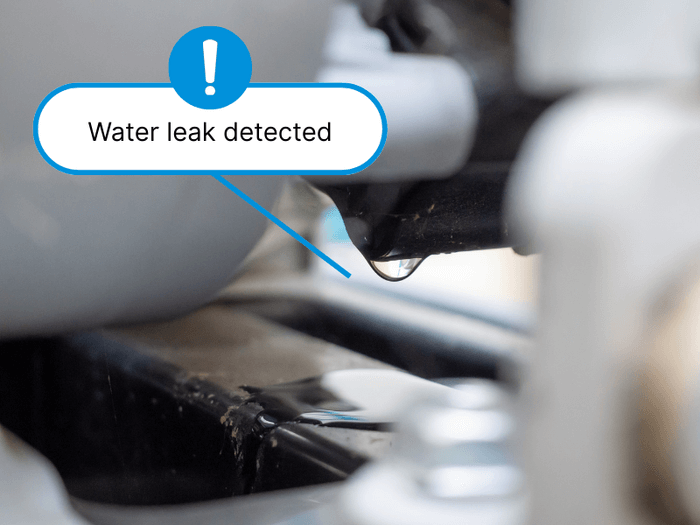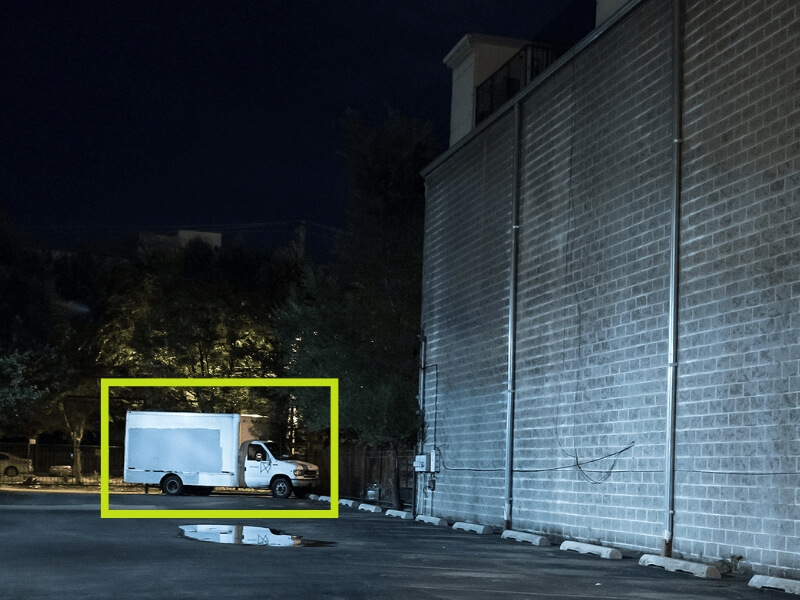
Video surveillance is useful in applications as varied as business needs themselves — from tracking of inventory, to spotting job-site safety violations, to surveying storm damage, there’s a wide range of helpful analytics. But most commonly and most obviously, surveillance is a security tool.
So what exactly should your cameras be looking for to make your investment in video surveillance most valuable for security applications?
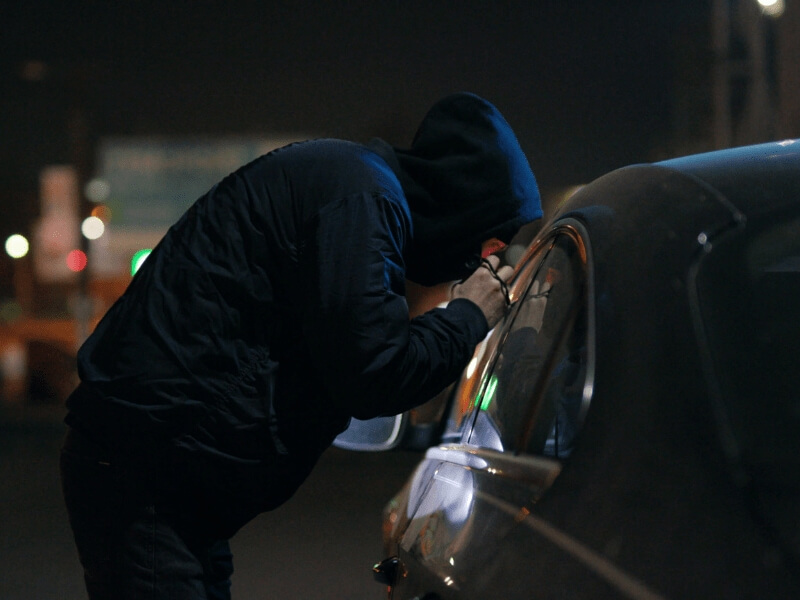
In most situations, there’s a simple key: you need to know about the presence of people or vehicles on your premises, in real time. And that means you need to know whether your cameras are actually detecting a person at the gate, or a car entering your parking lot — rather than natural movements caused by weather, animals, or shadows. But distinguishing sources of movement is something that conventional motion detection just isn’t capable of.
Putting eyes where they matter
It might sound trivial, but determining whether something your cameras see is actually something you need to be concerned about saves your own personnel a significant amount of time. It can also save the cost of response from a third-party monitoring service. (Critically, it also lowers the risk of fines from police response to a false alarm. The great majority of alarms actually turn out to be false, which strains law enforcement resources and reduces the value of alarms overall.)
Balancing speed and accuracy is the principal challenge – you want to know as soon as possible about security concerns, but you also want to be sure before you react.
The further out your cameras can spot possible intruders or suspicious cars, the greater warning you have about any kind of security issue, and the more time you have to respond. Depending on the layout, you may even be able to spot a loitering vehicle before it crosses your property line.
How Person & Vehicle Detection works
Short of raising your headcount and increasing foot patrols, person and vehicle detection based on image analysis is today’s best way to achieve a long-distance view of your security perimeter. In the same way that your phone can identify faces and QR codes that its camera picks up, your surveillance system can do the same kind of trick with AI analytics.
Compared to picking up a human face, though, detecting vehicles is a challenging task. There are all kinds of shapes to pick up on, from tiny convertibles to bulky delivery vans, and they may be viewed from difficult angles or under difficult lighting and weather conditions. Likewise, narrowing in on a person (not just a face) at a great distance is complicated. Camera resolution, lighting, and more all come into play.
The great advantage of AI systems is that they can be trained on tens of thousands of examples that help them sort people and vehicles from everything else, and they become more accurate over time as more training data is added. Just as important, they never get tired, distracted, or bored of looking.
Where does this sophisticated detection actually take place? Not surprisingly, the real answer is “it depends.” There are three usual options for today’s security systems:
On-camera:
As cameras themselves employ more powerful processors and host their own ever-improving AI models, more actions that would have required considerable server power a few years ago can be performed on cameras themselves for the lowest possible latency and network independence. Specifications, settings, sensitivity levels, and other aspects may vary by camera and manufacturer, though, which means it works most consistently when using identical cameras.
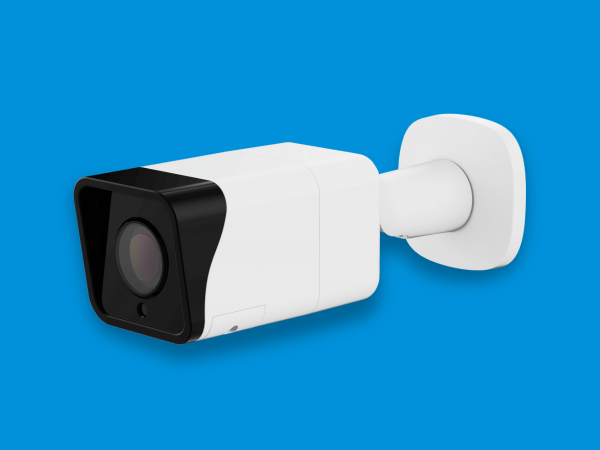
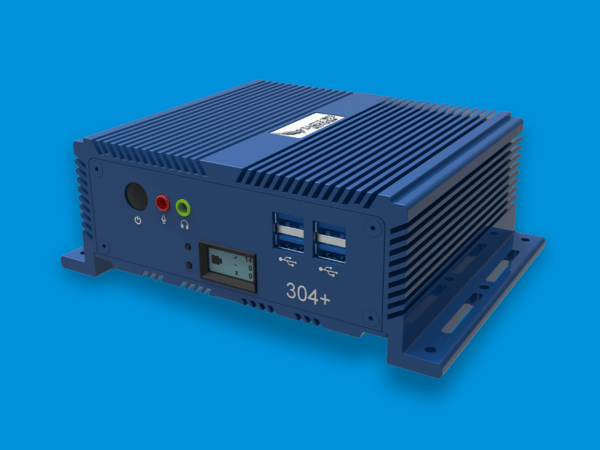
On-premise:
On-premise computing in the form of a dedicated appliance, or analytics running on a bridge consolidating camera access to your video management system (VMS), is a way to use existing cameras with minimal additional outlay and still obtain extremely low latency. Of course, this does require a secure place for that hardware where it can’t be tampered with or compromised; and both hardware and hardware will require periodic maintenance.
On the cloud:
The most flexible option is cloud-based detection. Even cameras with a direct connection to the VMS via cellular or ethernet (without any local bridge) can take advantage of cloud-based person and vehicle detection.
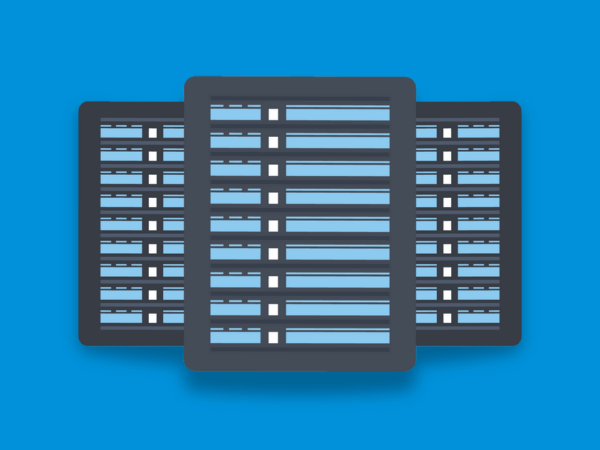
“Vehicle detected” isn’t the end game
Let’s say your surveillance system detects a car on your premises when none is expected — like a car moving through the gate after hours. That detection doesn’t help you until a person knows about it. So a typical next step after detection is to alert the person or team best able to decide on the right response. That alert could be an email, or a direct message within your VMS’s desktop or mobile interface.
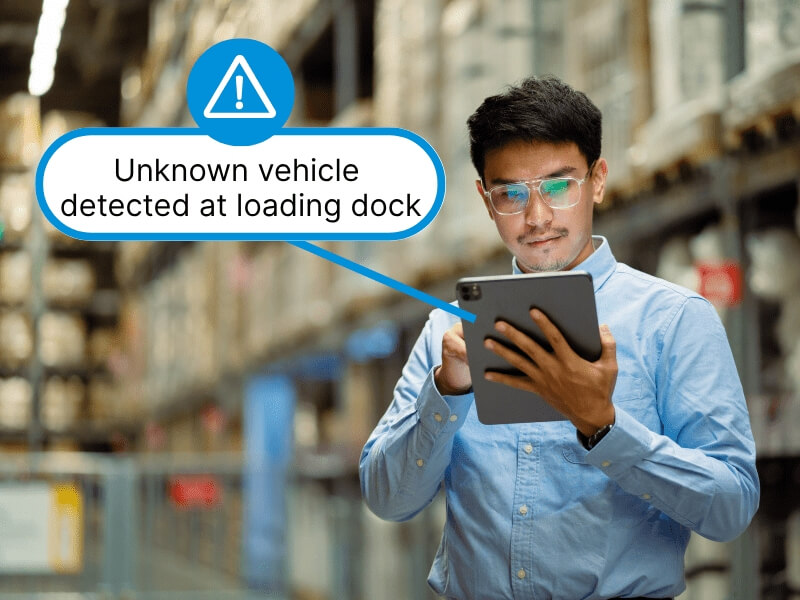
Depending on a system’s capabilities and the way it’s been configured, that alert could be a simple notification that a person has been detected by a particular camera, or it could be a more complex message that links to relevant video clips, or offers links to initiate immediate responses.
Responding from remote
Once you’re aware of a security issue, the next line of response is up to you. You could send alerts to a third-party monitor for remote followup, use talkdown audio to warn off trespassers, or simply use automated detection to help drive actual eyes-on attention from the security personnel already on site. It might even be time to call up the police with concrete evidence of a crime.
The practical upshot
Artificial intelligence and a cloud-centric approach has made video surveillance footage ever-easier to examine for particular events, or to spot individuals, packages, and other objects, using web-style natural-language queries. Now the same kind of technology is more proactive, so you can get event-driven security alerts, not just search-driven.
Want to learn more about what person and vehicle detection would mean for your security awareness?

Timothy Lord has witnessed and written about IT security trends and the ongoing evolution of SaaS for more than 25 years.
Other posts that might interest you

Open, cloud video security is reshaping multifamily property management
In today’s competitive multifamily property market, residents expect more than just four walls and a roof — they expect security, convenience, and peace of mind. Yet many properties still rely…
July 14, 2025
Eagle Eye Anywhere cabinets: Now even more flexible
Eagle Eye Anywhere Cabinet Systems set a new standard: Every Anywhere cabinet is a single-box solution for always-on, globally accessible, AI-backed video surveillance. Anywhere Cabinets work even in rugged conditions…
July 2, 2025
Proactive security, redefined: What’s new at Eagle Eye Networks
At Eagle Eye Networks, we’re always working to stay ahead of the curve — bringing smarter, more connected security solutions to our resellers and customers. We’re excited to roll out…
May 2, 2025






